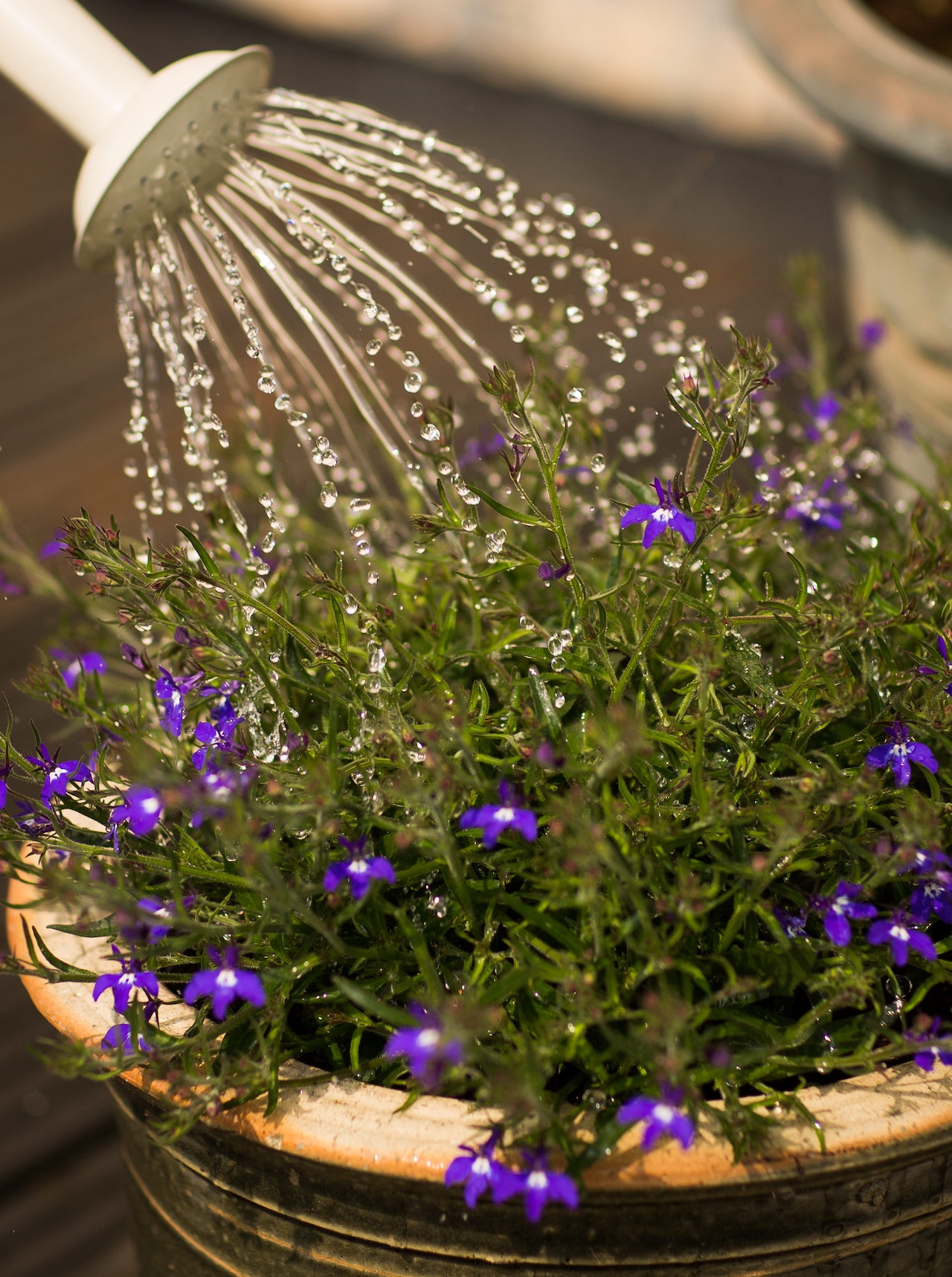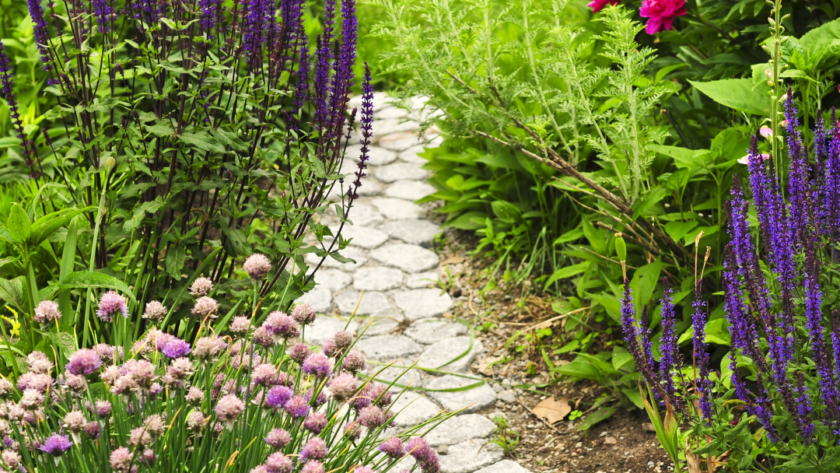Gardening is a great hobby to have. Not only is it good for your physical health, but it can help with your mental health as well – it’s exactly the kind of mindful activity that helps you deal with stress and anxiety, for example.
Yet gardening, for all the positive points it has, can be frustrating. When the garden you plant doesn’t grow well, or at all, it can be truly disheartening, and it might even put you off trying again. This would be a shame because of the health benefits that gardening brings with it, but also because a lovely garden will make your home look attractive. With that in mind, read on to find out how to create a garden that will thrive so that you can make the most of this great hobby.

Use Native Plants
There are thousands of different plants you can use in your garden, and having so many choices is a great thing. It’s fun to browse through websites to learn about different plants and what they will look like and perhaps design a garden around a theme that can incorporate them.
However, although you do have a lot of choices, and thanks to the internet, you can buy plants from all around the world to have in your garden, this could be where you are going wrong. It might be that you are using non-native plants. They might look wonderful, but they are going to have a hard time thriving in the native soil and in your particular climate. This could be why they die off, no matter what you do or how well you look after them.
It’s best to choose only native plants to put in your garden. If you do this, you’ll find they grow much better as they are used to the soil and weather conditions. You’ll need to work a lot less hard as well, and you’ll still have plenty of choices when it comes to designing a garden that looks great. In fact, by narrowing down your options in this way, it might even be less daunting when it comes to planning out your garden.
Choose The Right Sod
Just as you need to choose the right plants if you want them to grow and look great, you’ll also need to choose the right sod when it comes to your lawn. There are many different types of sods available which can come as a surprise to many, but it’s useful to know what the types are and how they can grow best – it will make picking the right lawn for your garden a more successful endeavor, ensuring that you don’t have brown patches of dead grass or grass that don’t seem to grow (or even grass that grows too much, meaning you have to mow it more often).
When it comes to choosing the right type of sod, there are a number of factors to bear in mind. One is the climate, another is soil type, and you can even factor in lawn usage – if your grass is only there to look good, you might need an entirely different type of sod than if your grass is for kids to play on or people to sit on when you’re entertaining.
Think about all your different needs and then research the sod that will be best for you. There will certainly be one, perhaps more than one, and getting this right means you’ll have a lovely, vibrant lawn to showcase in your garden.
Water Wisely
Of course, you know you need to water your garden, but did you know that you have to be very careful when you water it because you might accidentally do more harm than good? To begin with, you need to water it just the right amount; too much or too little could kill the plants. It’s often best to water less frequently but more deeply. In this way, the roots will get the water they need, and this is the important part.
You also need to make sure you water your garden at the right time of day. This will be either early in the morning or later in the evening when the temperatures are cooler. If you water the plants in the hottest sunshine, a lot of the water will evaporate before the plants can use it.
Something that can work well and save you a lot of problems is to set up a drip irrigation system. When you do this, you’ll be delivering water directly to the roots of the plants through a series of tubes, maximizing the water’s effectiveness.



